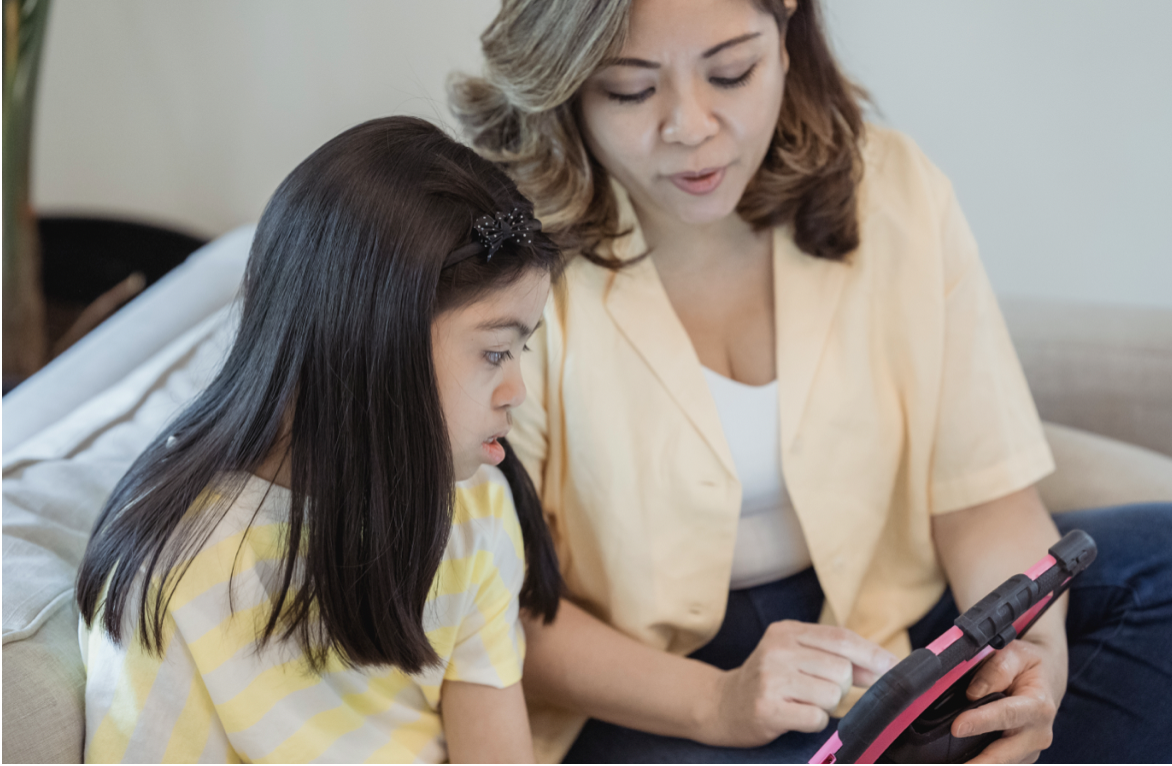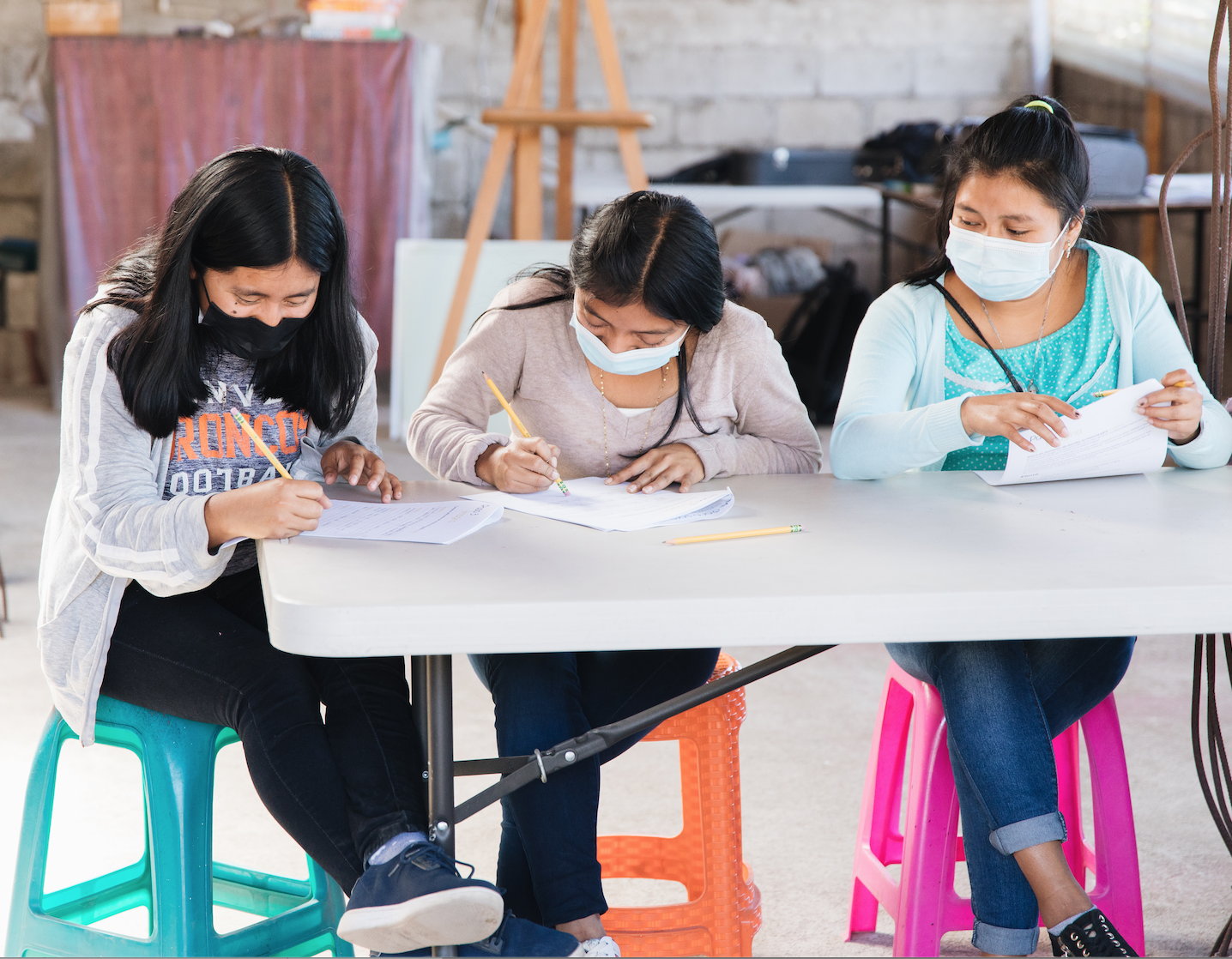
We want to shelter our children from all forms of harm or danger. In the age of information, however, this can be a challenge. Many — including adults — lack an understanding of how security works online. Hence, they could end up unprepared to deal with the realities of cyberbullying.
This is more common than we think. Around 59% of American teens have experienced some form of online harassment, including children younger than high school age.
Cyberbullying is available 24 hours a day and has a permanent quality, saved and circulated on the internet. In times like these, it’s important that adults help the victims, but this must be done sensitively and efficiently. Let’s take a closer look below at the different ways adults can help.
Prioritizing mental health
The first step to help should always be assessing the child’s disposition. A child’s mental health is delicate and a traumatizing event like being cyberbullied can have long-lasting effects on their welfare. It’s important to show them that they have your support and guiding them through mental health stress reduction tools such as The Imagine Project can provide an outlet for them to express and process their emotions.
Carefully watch out for symptoms that show they’re not coping well, such as becoming easily agitated or getting sick more often. They may require professional support from a child therapist until the situation and their behavior improves.
Seeking legal support
It’s important to show a child their feelings are valid by taking the proper measures to address the severity of the situation. This helps prevent children from withdrawing into themselves and from society, while teaching them about their rights as well.
Explain to them how cyberbullying is a punishable crime. Take note, however, that properly handling a case requires knowledge in psychology and criminology. Here, specialists like victim advocates play important roles in maintaining the welfare of the victims while seeking accountability from the guilty party. Adults can enlist their support to help guide the child through the process of restorative justice.
Finding justice helps the child find closure and allows them to focus on personal healing afterwards.
Creating a safe space
With the severity of cyberbullying, it’s important that the child’s immediate circles are aware of the situation. School teachers, principals, or counselors, who play crucial roles in a child’s upbringing, can also play a role in helping the child cope with the aftereffects of bullying.
This is especially crucial if the bullying involved another student, and can enable schools to strengthen their anti-bullying policies and procedures. Treating bullying as a community issue provides the victim with a supportive environment where their feelings are validated, and they know that they aren’t alone.
Forming preventive measures
While the case is ongoing, adults should immediately prevent any escalation by encouraging the child to block the bully and not engage any further. It’s enough to keep a copy of the bullying so legal measures can be taken.
When justice has been served, adults can take further means to keep the child safe from similar incidents. Talking with them so that they can rationalize what has happened helps, but avoid cutting them off from technology completely.
Instead, teach them that technology is a tool. It can be harmful, but if they know how to defend themselves, technology can be fun and beneficial. For children of young ages, adults can invest in a parental control software like Bark that monitors social media and text messaging. This then uses advanced technology and AI to prevent cyberbullying from occurring.
It’s our responsibility as adults to guide our children through the dangers of the world, and that means prevention as well as aftercare. That’s why besides providing a means for expressive writing to mentally heal, the Imagine Project also aims to lessen bullying. This is done by creating self-awareness and internal understanding, so that children will no longer be victims of their own experiences.In the digital age, cyberbullying can be a worrying reality. Hence why adults need to stay updated on the latest technology and digital trends so we can protect our children for years to come and access the tools for support when they need it.
Article written by Renee Jessa
Submitted to The Imagine Project
Here is another informative blog, The Parent’s Guide to teaching your Teen Online Safety

 Mental health means having emotional, psychological, and social well-being; when we think, act, and feel from a balanced perspective the majority of the time. Having a balanced and grounded perspective helps us make healthy choices, be kind, express emotion, accept help when we need it, handle stress effectively, feel empathy, laugh, feel joy, and relate to others easily. This are true in every stage of life. As young children grow they develop these skills, and we even continue to develop them throughout adulthood.
Mental health means having emotional, psychological, and social well-being; when we think, act, and feel from a balanced perspective the majority of the time. Having a balanced and grounded perspective helps us make healthy choices, be kind, express emotion, accept help when we need it, handle stress effectively, feel empathy, laugh, feel joy, and relate to others easily. This are true in every stage of life. As young children grow they develop these skills, and we even continue to develop them throughout adulthood. Ugh, yet another school shooting. Our hearts are all breaking once again. When will it ever end? What are the solutions? How can we help? We could debate this subject for days, but staying out of politics, I would like to offer a tool that is at least part of the solution.
Ugh, yet another school shooting. Our hearts are all breaking once again. When will it ever end? What are the solutions? How can we help? We could debate this subject for days, but staying out of politics, I would like to offer a tool that is at least part of the solution. 